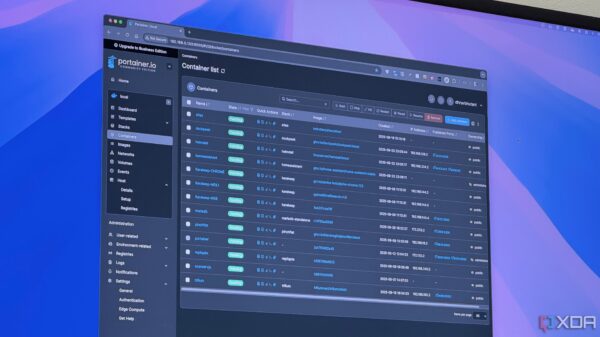A research team has introduced a groundbreaking tunnel waterproof-drainage system that significantly improves water management in tunnel engineering. The study, titled “A Novel Tunnel Waterproof-Drainage System Based on Double-Bonded Waterproofing Materials and Its Seepage Characteristics,” was conducted by researchers from institutions including Central South University and Shenzhen University. The findings address persistent issues of water leakage that compromise tunnel integrity and operational efficiency.
Traditional waterproofing methods often rely on non-bonded sheets, which fail to effectively seal tunnels against groundwater infiltration. This can lead to a host of problems, including accelerated aging of tunnel linings and structural safety risks. In contrast, the innovative solution proposed by the researchers utilizes double-bonded spray membrane materials that not only prevent leakage but also enhance load-bearing capabilities of the tunnel linings.
Design Features of the New System
The new waterproof-drainage system incorporates a “localized drainage and pressure reduction” concept, specifically designed for use with double-bonded spray membranes. Its core consists of four key components:
1. **Waterproof System**: This includes a double-bonded spray membrane located between the primary and secondary linings, excluding the arch section, and a secondary lining of concrete.
2. **Upper Circumferential Drainage System**: Utilizing plastic drainage sheets placed between the membrane and primary lining, this system directs groundwater through transversal guide pipes into longitudinal pipes, ultimately channeling it to a central ditch.
3. **Bottom Circumferential Drainage System**: This component features bottom drainage blind pipes that collect surrounding rock groundwater, using vertical guide pipes to direct the water to the central ditch.
4. **Longitudinal Drainage System**: Comprising longitudinal blind pipes, side ditches, and a central ditch, this system connects transversal drainage methods to effectively discharge groundwater outside the tunnel.
Numerical simulations conducted by the team provided insights into the system’s seepage characteristics, revealing distinct pressure distribution patterns. The secondary lining experiences a “mushroom-shaped” pressure distribution circumferentially, decreasing from the arch top to the bottom of the tunnel, and a “wave-shaped” distribution longitudinally, with the lowest pressure at circumferential drainage and the highest between two drainage systems.
Performance Results and Implications
Comparative tests under typical conditions—including a water head of 160 m and rock permeability of 10−6 m/s—have demonstrated that the new system achieves a maximum water pressure of 0.6 MPa. This figure is 65% lower than that of fully encapsulated waterproofing systems, which can reach 1.7 MPa, and 30% lower than traditional drainage systems, which typically exhibit pressures of 0.86 MPa.
The applicability analysis indicates that the novel system effectively reduces static water pressure by at least 40% across all groundwater environments. In ultra-low permeability strata, the reduction can reach approximately 85%. The research also highlights that in high-permeability rock, the bottom blind pipes are most effective for drainage, while upper drainage sheets excel in low-permeability conditions, showcasing the system’s adaptability.
The paper, authored by Xiaohe SUN, Chenghua SHI, Guoqing XIAO, Yangyang GE, and Chengyong CAO, provides a comprehensive analysis of this innovative system and its potential to redefine tunnel waterproofing practices. For further details, the full text of the paper is available at https://doi.org/10.1007/s11709-024-1100-4.







































































